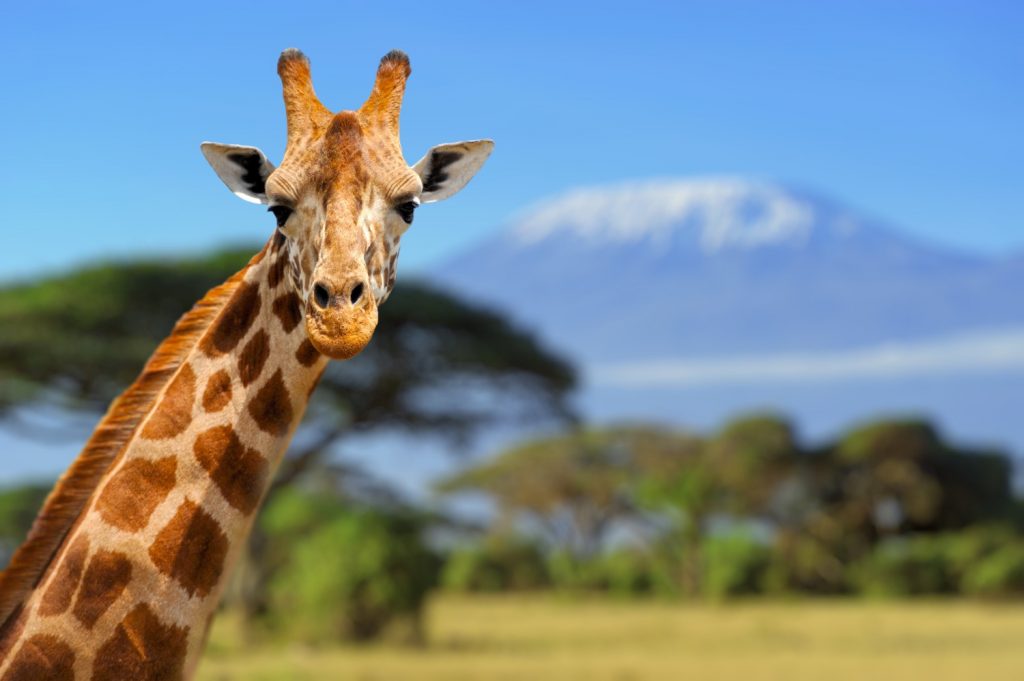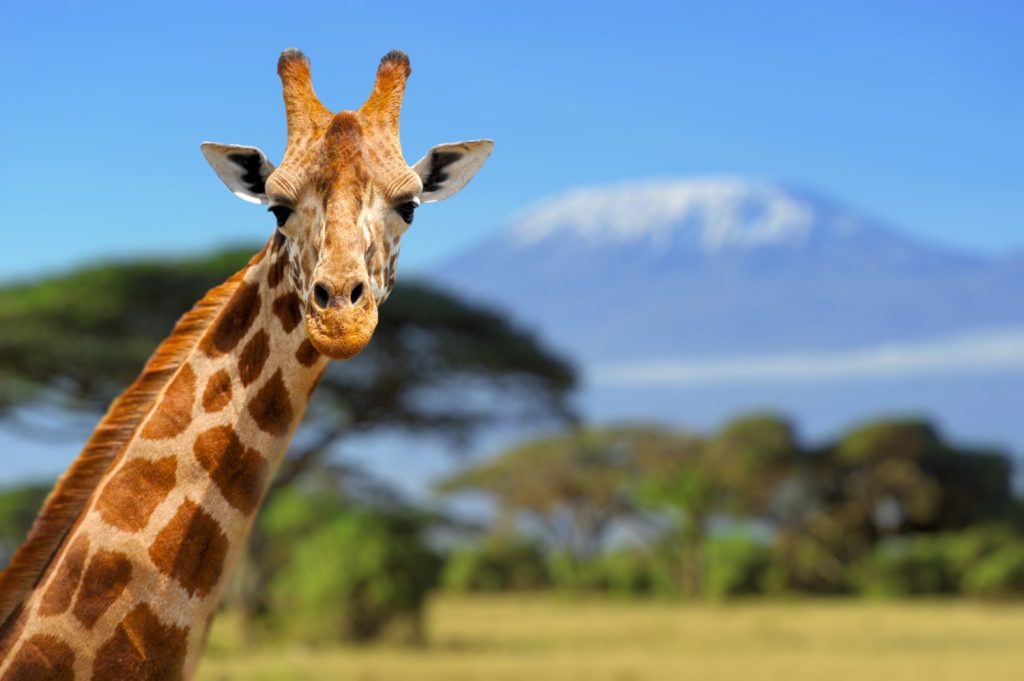Would it surprise you to know that although the shapes and positions will vary by species, people and animals have the same basic make-up when it comes to teeth? All vertebrates have teeth, including us backbone-having humans, and all those teeth consist of a mix of calcium, phosphorus, and other minerals. Over time, our teeth have adapted to a mix of incisors, molars, and canines that are suited to our modern omnivore diet and help us eat a wide variety of foods. This differs from herbivores like cows and koalas that only eat plants, who have teeth specifically adapted to tearing through leaves and grass, and carnivores like lions and hyenas who only eat meat and have teeth adapted to hunting and killing. Some animals do not have any teeth at all! This fascinating topic of dental diversity is relevant not just globally but also locally in communities like Watertown, Southbury, Waterbury, and Middlebury.
We love teeth of all kinds at Clauss Orthodontics, so we have put together some fun facts about animal teeth and how they compare to our own. Bonus: learning about animal teeth can help us understand more about our own unique teeth—and inspire us to take care of them! Use the fascinating facts below to help your kids appreciate their own mouths, and motivate them to keep their smiles healthy and strong.
Fascinating facts about animal teeth
Let us start with teeth that are similar to our own! Just like us, giraffes have 32 teeth, but most of them are positioned in the back of their mouths. In fact, a giraffe is completely lacking in any upper front teeth! Instead, they use their lips and lo-o-o-o-ong tongues to grab the leaves and twigs they eat, then regurgitate them, then use all those back teeth to grind them up before swallowing.
Giraffes spend a great deal of their time eating, taking in more than 100 lbs. of leaves daily! Can you imagine how many times we would have to brush our teeth in a day if we ate that much? The good news is that most animals do not get cavities the way humans do. Their diets are generally very low in sugar, and they tend to chew on materials like bone or tree bark, which helps to keep their teeth clean. A dog’s saliva has an extremely high pH, which helps to prevent demineralization, but domesticated animals can develop cavities if they have a diet high in sugar, so be careful to limit your pet’s consumption of sweets and other human food to keep their teeth healthy.
Some animals have a lot more teeth than humans, and weirdly enough, snails have the most, with some species boasting over 20,000 teeth! These are not like regular teeth, though. A snail’s teeth are arranged in rows on its tongue, and used for scraping, rather than tearing or chewing. For vertebrates, the white shark wins by having up to 3,000 serrated, triangular teeth. These lie in rows within the jaws and rest at a gentle inwards incline. There is nothing gentle about the force they can exert, however, which at three tons per square centimeter of each bite, is nothing to sneeze at! Just like us, a shark will lose a tooth and grow another in its place, but this continues throughout its life, and can happen thousands of times. With some sharks losing up to 30,000 teeth in a lifetime, it is no wonder shark teeth are one of the most common things to find on the seabed. It is a good thing the tooth fairy sticks to human smiles only, or she would never get to put her feet up and relax!
Ever heard the phrase “long in the tooth”? As horses age, their gums tend to recede and expose more of the teeth, making it look like they are actually growing and giving rise to the popular saying. Horses and humans might share this illusion of length, but some animals are truly toothy. At 3 feet long, the hippo has the longest canine teeth of any animal, with incisors that can bite right through a small boat! And that unicorn-like horn that narwhals are known for? It is actually a tooth. The scientific name, monodon monoceros, comes from a Greek term meaning “one-tooth one-horn.” This tooth can grow longer than 8 feet and is used to taste and measure the concentration of chemicals in the water around it in order to find food, which is still pretty magical, if you ask us.
Keeping your teeth healthy
Unfortunately, humans are not like elephants. Their molars can weigh up to 10 lbs. and will all fall out about once every ten years or so. They can have up to six sets of new teeth in their lives, while we are stuck with just one set, so it is really important we take good care of them! Though technology has changed with time and you might not end up with dentures made of cow, hippo, and walrus teeth like George Washington, you still want to do your best to keep your own teeth clean, healthy, and functional. Sometimes that will take nothing more than a good dental hygiene routine and regular dental visits, but for some, orthodontics will be necessary. That is where Clauss Orthodontics comes into play!
With over ten years of experience, Dr. Mark is dedicated to providing only the highest quality care to every patient he treats in the Watertown, Woodbury, and surrounding areas. Our skilled staff also have extensive backgrounds in orthodontics, patient care, customer service, and business in general, so we are able to anticipate and meet your every orthodontic need, from the beginning of treatment to your last appointment…and beyond! We are always happy to answer any questions you may have about orthodontics for adults, teens, or children. Do not be an animal! Get in touch with us today to schedule your free new patient evaluation, and let us help you discover your very best smile.


